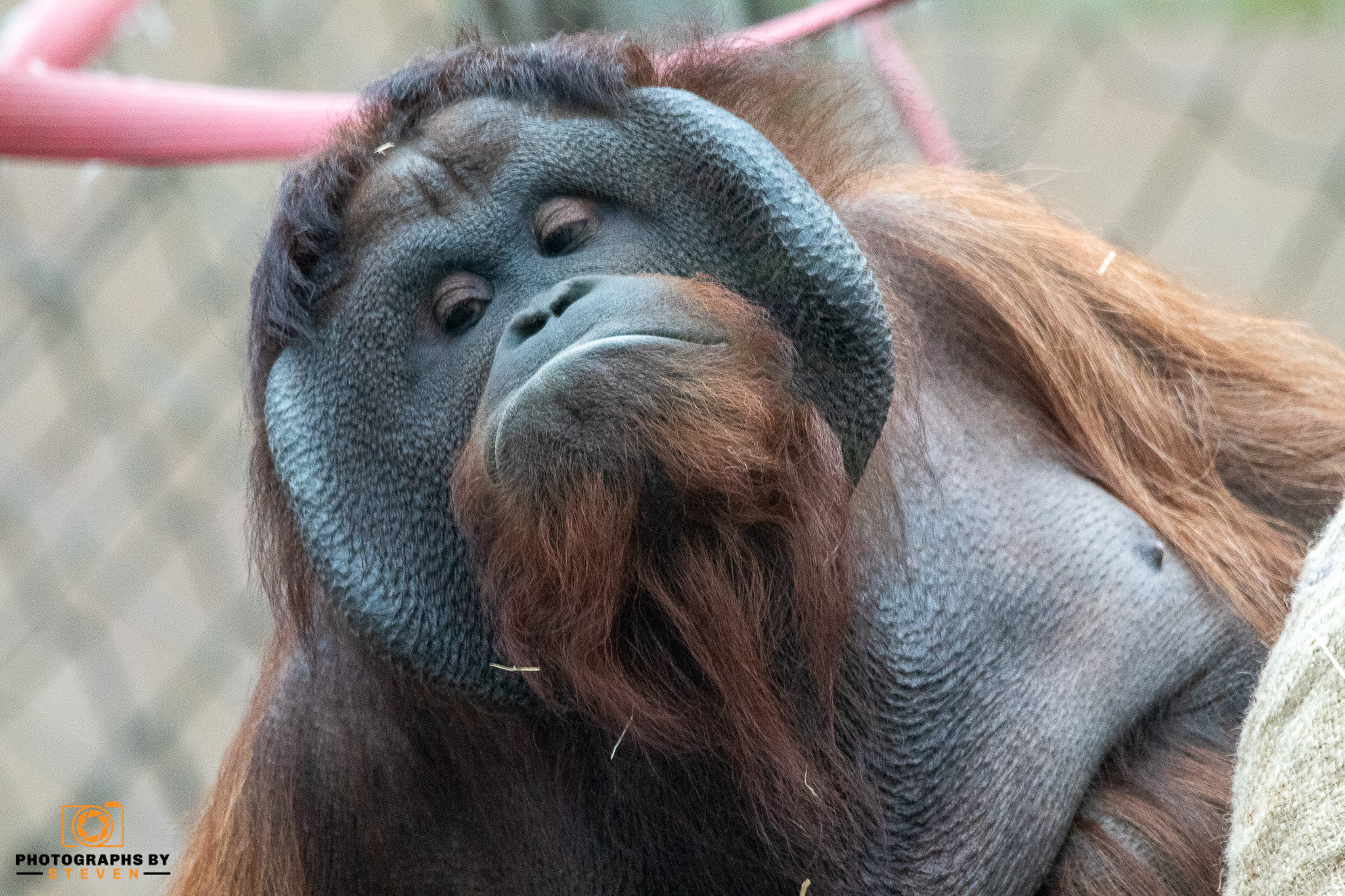Jaguars can be found in a few isolated areas of forested ecosystems throughout South, North, and Central America. They are recognized by their characteristic yellow-orange fur and distinctive markings. They are the giant cats in the USA and the sole surviving member of the Panthera genus, both of which are classified as "Near Threatened" by the IUCN Red List of Threatened Species.
When their range reached as far north as New Mexico and Arizona in the United States, and as far as Argentina in the South, it was much simpler to locate these large cats a century ago. Threats, including habitat destruction and deforestation, have caused them to lose 46% of their former range. Most jaguar populations are now restricted to the Amazon basin and are steadily declining.
1.) Jaguars have the most vital size of bite for any cat (In Relevance to Size)
These beautiful cats have a stocky, heavy physique, strong teeth, and a colossal head, allowing them to bite more forcefully than any other large cat their size. Studies comparing the bite forces of nine different cat species found that, although having a bite force that is just three-quarters that of a tiger, jaguars had more substantial bites due to their smaller size (up to 170 cm long, not including their tails, which can grow up to 80 cm).
A jaguar's mouth may readily puncture the thick skin of a caiman and even a prey's skull.
2.) "Jaguar" is a mysterious word, But it's not this Animal's real name.
These are known as the third-largest cat in the world; the Jaguar is the only Panthera species inhabiting North and South America.
The name of the Jaguar is excellent, too! According to one idea, the word "jaguar" may have originated from the Tupi word "yaguar," which means "what kills with one leap" in Brazil and Paraguay.
Anyone will likely never be able to know precisely the origin of the Jaguar's name, even though its scientific name is Panthera onca, as European settlers in South America later adopted the phrase "Jaguar."
3.) Jaguars love water and are also fond of swimming.
Jaguars enjoy being near water, have evolved to survive in moist, jungly environments, and are good swimmers. Strange for a cat!
Jaguars don't mind getting wet, unlike most cats. They have strong swimming abilities, and their environment is typically one with bodies of water.
4.) Some Jaguars are also Black in colour
About 10% of jaguars have developed to acquire black (or melanistic) coats due to a single dominant allele, though researchers are unsure of the exact reason behind this. In contrast to the global average, research conducted in 2020 discovered that 25% of Costa Rica's jaguars that lived in the dense forest were melanistic, indicating that the benefits of camouflage may have brought about the mutation.
5.) Jaguars are on top of the food chain
Jaguars are known as "alpha predators," also called "apex predators." Since no other species hunt them in the wild, they are at the top of the food chain.
As they are known to pursue enormous prey weighing more than 22 kilogrammes, they were first called "the actual beast of prey" (49 lbs).
Yes, the Jaguar poses a significant threat to humans, so if you happen to run into a hungry person, you might think about giving them a taste or two. Jaguars prefer to stay away from humans, though and will go as far away from them as they can if they are not in danger of hunger.



Leave me a comment
Thank you for reading my post, if you want to leave a comment, you can do so below.